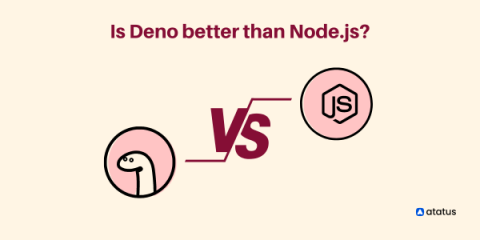Top 10 N|Solid -APM for Node- features you needed to use
Nearly a year ago, we launched N|Solid SaaS, and although there are still a few months to go before our anniversary, we wanted to share the top 10 features ofN|Solid that make us proud every day of what we have built.











